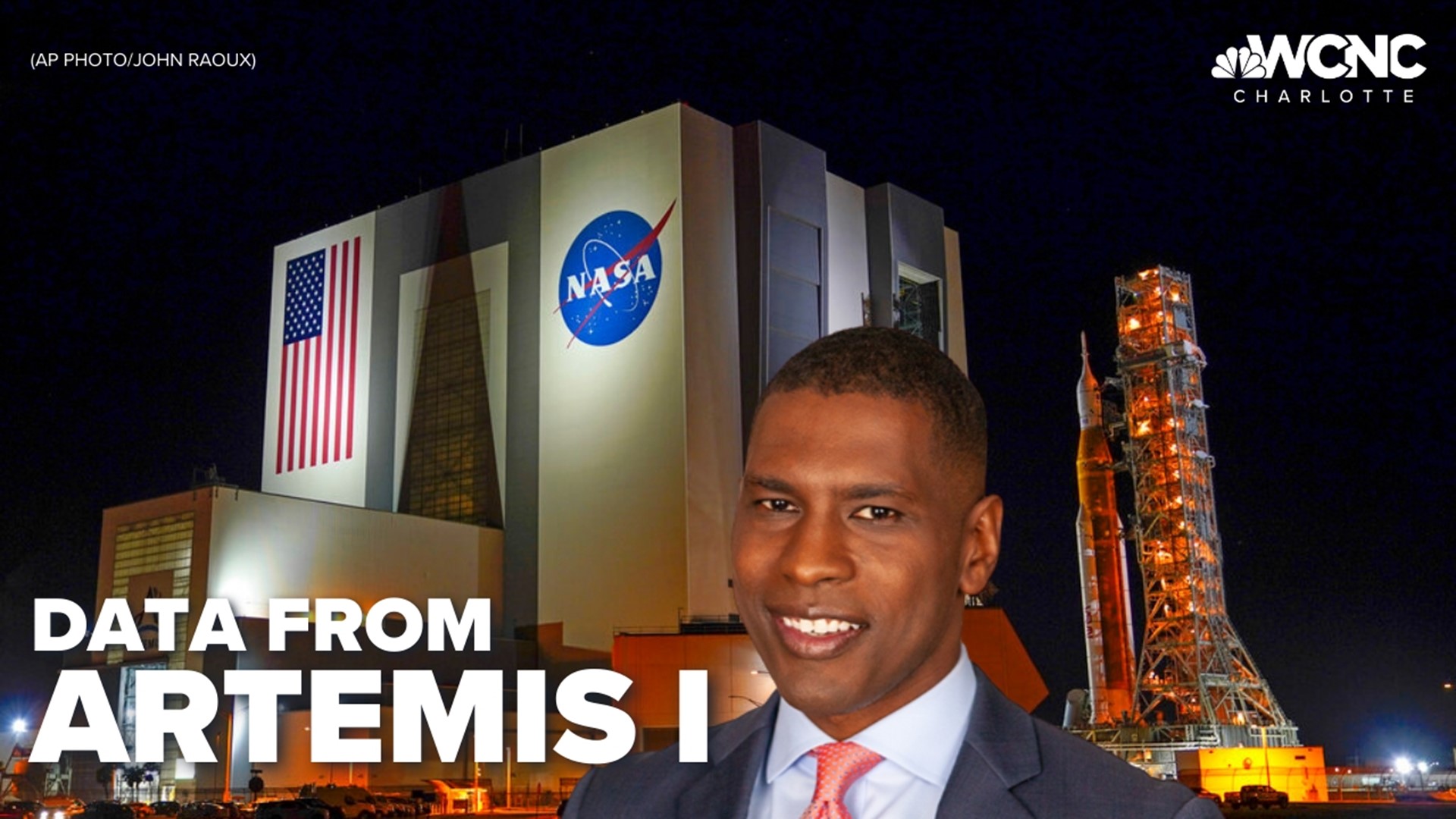CHARLOTTE, N.C. —
"One small step for man, one giant leap for mankind" - Neil Armstrong (July 20, 1969)
Those words may ring true again in 2024 as a crew could be set to go to the moon.
“You feel it in your chest," said Tony Rice, NASA Ambassador. "And the sensation of hearing it launches so many seconds after seeing it launch because the speed of light is so much faster than the speed of sound.”
Rice says NASA is analyzing data from its test Artemis I test flight to the moon to see what they can use or need to change when they send crews to the moon next year.
“The main difference between Artemis I and Artemis II is Artemis I was completely un-crewed," said Rice. "[With] Artemis II, we’re going to be astronauts on board and put them on a very similar flight path.”
Rice says the Artemis I flight was the only way to gather real data on how the rocket would perform during events like booster separation.
“This is the first time we’ve been outside of the magnetosphere, which is kind of a donut-shaped protective force field. And you have to get beyond that in order to get to the moon," said Rice. "We’re going to have to understand how to protect our astronauts since they’ll be out there for so long.”
Post-flight data indicates all parts of the Space Launch System rocket performed exceptionally well.
Three takeaways from the November 16th launch are:
- SLS rocket performance
- 35-TB of imagery and data to evaluate
- 10 CubeSats to do additional science
Rice says the data collected puts NASA in a good position to send astronauts to the moon.
“What makes Artemis different than Apollo is it’s going to include women and the first person of color,” Rice said.
Artemis II is slated to launch in May 2024 at the Kennedy Space Center.
A North Carolina astronaut could be selected for the 'Back to the Moon' mission.

